Learning to snorkel opens up an entirely new world beneath the water’s surface, where colorful fish dart between coral formations and marine life goes about its daily business just feet away from your mask. The key to building confidence as a new snorkeler lies in choosing locations with calm water, good visibility, and plenty of interesting things to see without venturing into deep or challenging conditions.
These beginner-friendly spots offer the perfect combination of easy access, gentle conditions, and rewarding underwater experiences that will help you develop your skills while actually enjoying the process. Here is a list of 16 snorkeling locations that provide ideal learning environments for newcomers to this fascinating activity.
Hanauma Bay
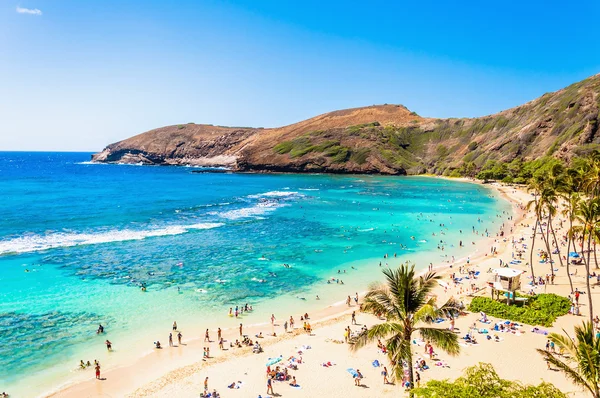
Hawaii’s most famous snorkeling destination features a protected cove where gentle waves and shallow water create perfect conditions for first-time snorkelers. The bay’s unique shape provides natural shelter from ocean swells while the sandy bottom gradually slopes deeper, allowing beginners to control their depth experience.
Colorful tropical fish have become accustomed to human visitors, often swimming within arm’s reach of snorkelers who move slowly and avoid sudden movements.
John Pennekamp Coral Reef State Park
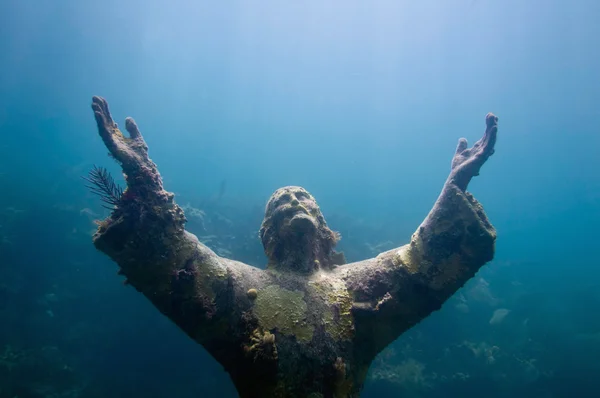
Florida’s first underwater state park protects living coral reefs in shallow water that’s easily accessible from shore or short boat rides. The park’s Cannon Beach offers direct shore entry into clear water where small tropical fish congregate around coral formations in depths ranging from three to eight feet.
Glass-bottom boat tours provide an alternative way to view the underwater scenery, helping nervous beginners understand what they’ll encounter once they enter the water themselves.
Like Travel Pug’s content? Follow us on MSN.
Devils Punchbowl
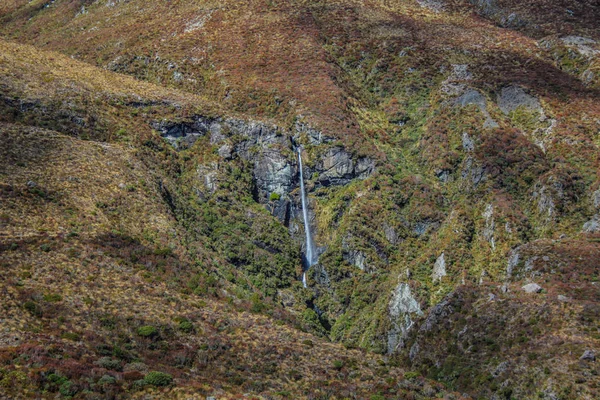
Oregon’s rugged coastline includes this naturally formed tide pool area where calm water collects during low tide, creating a sheltered snorkeling environment. The rocky basin protects snorkelers from Pacific Ocean waves while providing a habitat for colorful sea anemones, starfish, and small fish species adapted to tide pool conditions.
Though the water remains cool year-round—making wetsuits essential—the protected conditions make this an excellent spot for building confidence in ocean environments.
Coral World Ocean Park
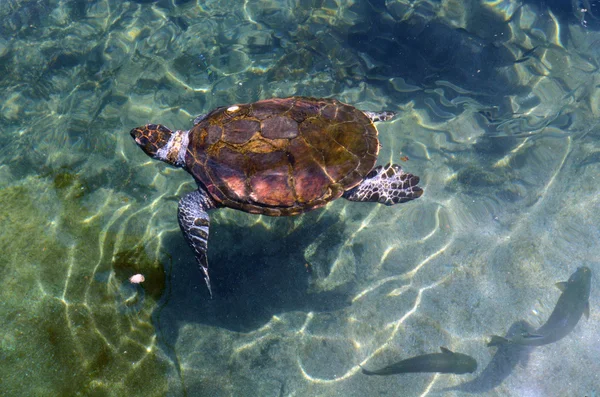
The US Virgin Islands provide some of the Caribbean’s clearest water, and this marine park offers guided snorkeling experiences in controlled environments perfect for beginners. Coki Beach, located adjacent to the park, features calm water with excellent visibility and a sandy bottom that makes entry and exit simple for nervous swimmers.
The beach’s facilities include equipment rental and instruction, eliminating the guesswork involved in choosing proper gear.
Crystal River
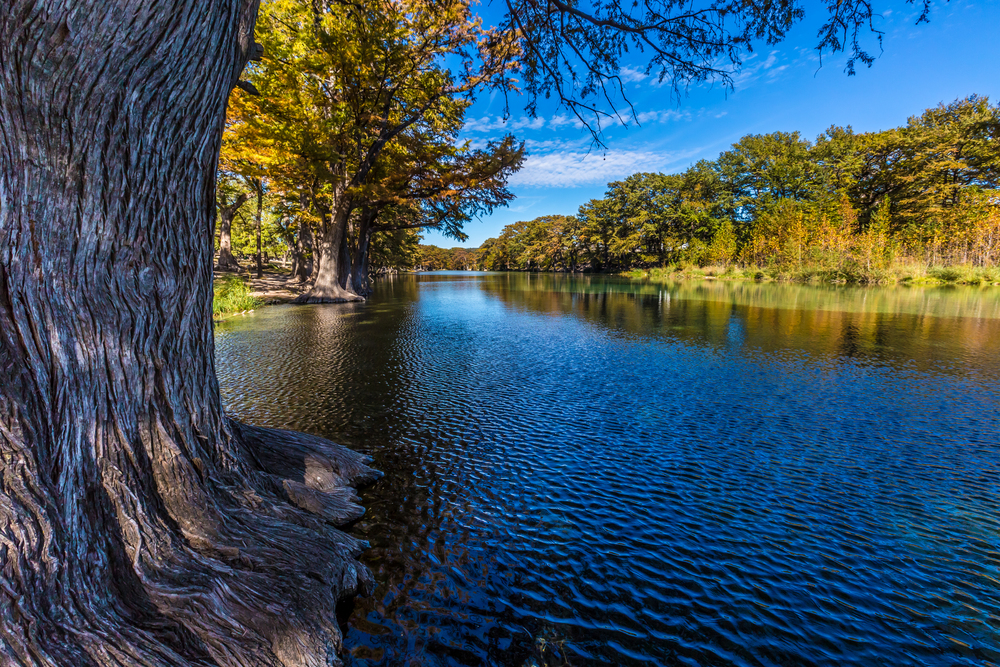
Florida’s unique spring-fed river system maintains year-round water temperatures around 72 degrees, creating comfortable conditions for extended snorkeling sessions. The crystal-clear spring water provides visibility that often exceeds 100 feet, while the gentle current helps snorkelers move effortlessly along the river bottom.
Manatees frequent these waters during cooler months, offering the rare opportunity to observe these gentle giants in their natural habitat.
Like Travel Pug’s content? Follow us on MSN.
Molokini Crater
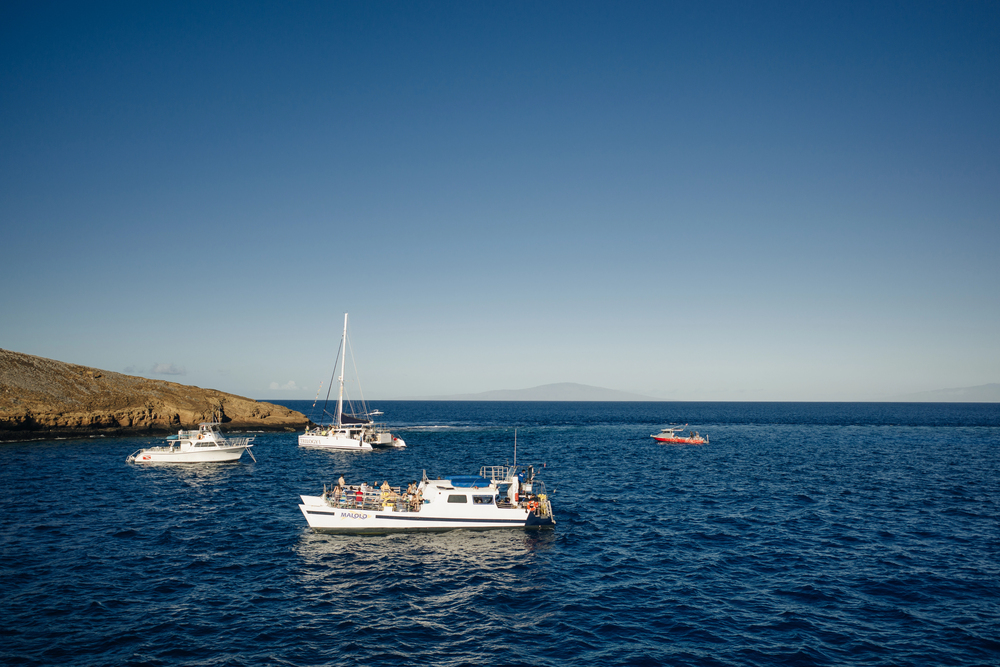
Maui’s partially submerged volcanic crater creates a natural aquarium where calm water and exceptional visibility make snorkeling feel almost effortless. The crater’s crescent shape protects it from trade winds and ocean swells, while the lack of sand runoff keeps the water remarkably clear.
Boat tours to the crater typically include equipment and instruction, making this an ideal choice for beginners who want professional guidance during their first ocean snorkeling experience.
Bahia Honda State Park

The Florida Keys’ clearest water can be found at this state park, where a natural lagoon provides shallow snorkeling opportunities protected from Atlantic Ocean conditions. The park’s Sandspur Beach offers easy water entry over the sandy bottom, while the nearby coral formations host a variety of tropical fish species common throughout the Caribbean.
The combination of facilities, equipment rental, and calm conditions makes this location particularly welcoming for families with children learning to snorkel.
La Jolla Cove
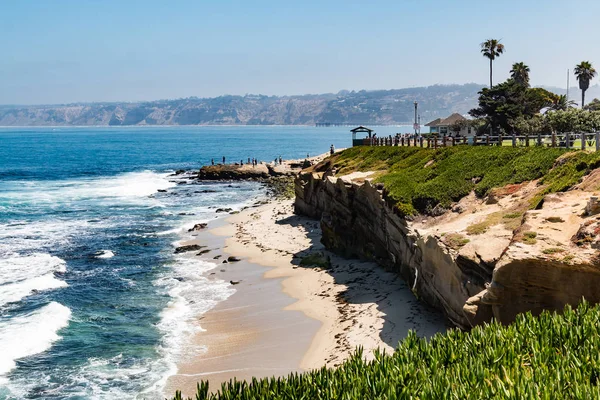
Southern California’s most accessible marine protected area features calm water within a sheltered cove surrounded by dramatic cliffs and sea caves. The rocky bottom provides a habitat for bright orange garibaldi fish, California’s state marine fish, along with various other species adapted to temperate Pacific waters.
The beach’s facilities and nearby equipment rental shops make this location convenient for beginners who want to try snorkeling without extensive planning or travel.
Like Travel Pug’s content? Follow us on MSN.
Rainbow Reef
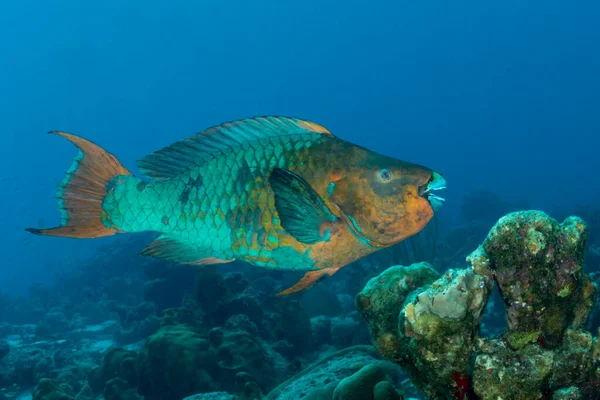
Key Largo’s shallow reef system offers some of Florida’s most beginner-friendly coral snorkeling, with depths ranging from 8 to 15 feet over most of the accessible areas. The reef’s name comes from the variety of colorful fish species that make their homes among the coral formations, creating an underwater rainbow effect that delights first-time snorkelers.
Calm weather conditions predominant in the protected waters behind the outer reef line provide reliable snorkeling opportunities throughout most of the year.
Pillars of Hercules

Key Largo’s unique underwater rock formations create natural swim-through areas where snorkelers can explore without the complexity of deep water or strong currents. The site’s maximum depth of about 20 feet keeps everything within easy reach of the surface, while the interesting topography provides plenty to explore without requiring advanced swimming skills. The protected location means wave action remains minimal even when outer reef areas experience choppy conditions.
Dry Tortugas National Park
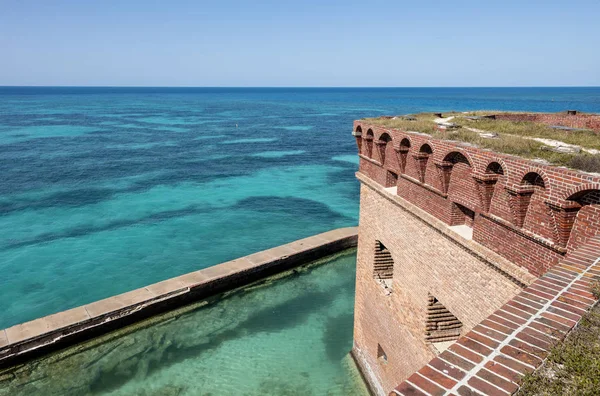
Located 70 miles west of Key West, this remote national park offers some of the clearest water in North American waters, with visibility often exceeding 100 feet. The park’s moat wall provides excellent snorkeling in relatively shallow water, where sea turtles are frequently spotted alongside tropical fish species.
The remote location means fewer crowds and pristine conditions, though accessing the park requires either a seaplane or boat trip from Key West.
Like Travel Pug’s content? Follow us on MSN.
Shark’s Cove

Despite its intimidating name, this Oahu snorkeling spot features calm, shallow water perfect for beginners, with the ‘danger’ coming from sharp lava rock rather than actual marine predators. The protected cove offers easy entry points and depths that rarely exceed 15 feet, while the volcanic rock formations create interesting underwater landscapes to explore.
During summer months, the water remains remarkably calm, though winter brings larger waves that can make conditions challenging for inexperienced snorkelers.
Looe Key

Part of the Florida Keys National Marine Sanctuary, this reef system provides shallow snorkeling opportunities over living coral formations that support diverse marine life populations. The reef’s proximity to shore makes it accessible via short boat rides, while the protected status ensures healthy fish populations and coral growth.
Water depths over most snorkeling areas range from 8 to 25 feet, allowing beginners to choose their comfort level while exploring one of the healthiest reef systems in Florida waters.
Turtle Bay
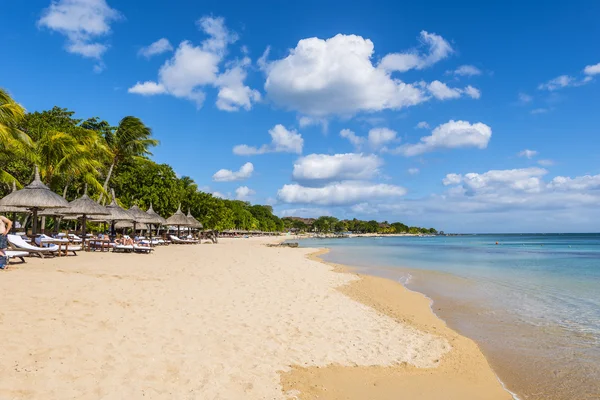
Located on Oahu’s North Shore, this protected bay offers calm water conditions even when the famous nearby surf breaks are generating large waves. The bay’s sandy bottom and shallow depth make it ideal for practicing snorkeling skills, while the occasional sea turtle sighting provides excitement without requiring ventures into deep or challenging water.
The resort facilities nearby include equipment rental and basic instruction for guests and day visitors.
Like Travel Pug’s content? Follow us on MSN.
Thunderball Grotto
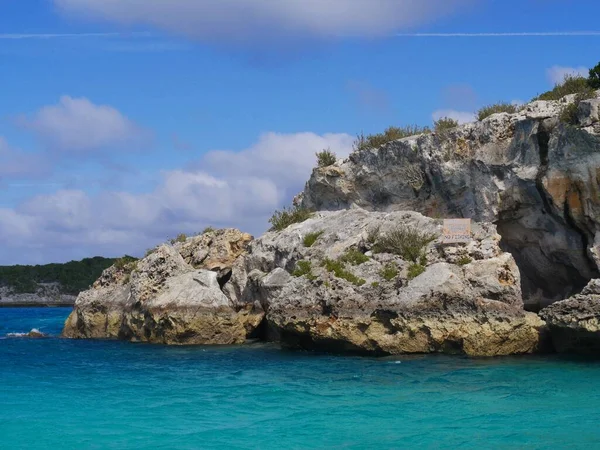
The Bahamas’ famous underwater cave system, featured in James Bond films, provides a unique snorkeling experience in shallow water that’s accessible to beginners with basic swimming skills. The grotto’s multiple entrances allow snorkelers to swim through the underwater cave system while never being more than a few feet from the surface.
The protected location means calm water conditions, while the cave’s unique lighting creates an otherworldly underwater experience.
Buck Island Reef

St. Croix’s underwater national monument features a marked snorkel trail that guides beginners through coral formations and fish habitats with underwater signs explaining what they’re seeing. The trail system eliminates guesswork about where to snorkel while providing educational information that enhances the experience.
The protected waters around the island maintain excellent visibility and calm conditions that make this location ideal for building snorkeling confidence and knowledge simultaneously.
Making the Leap
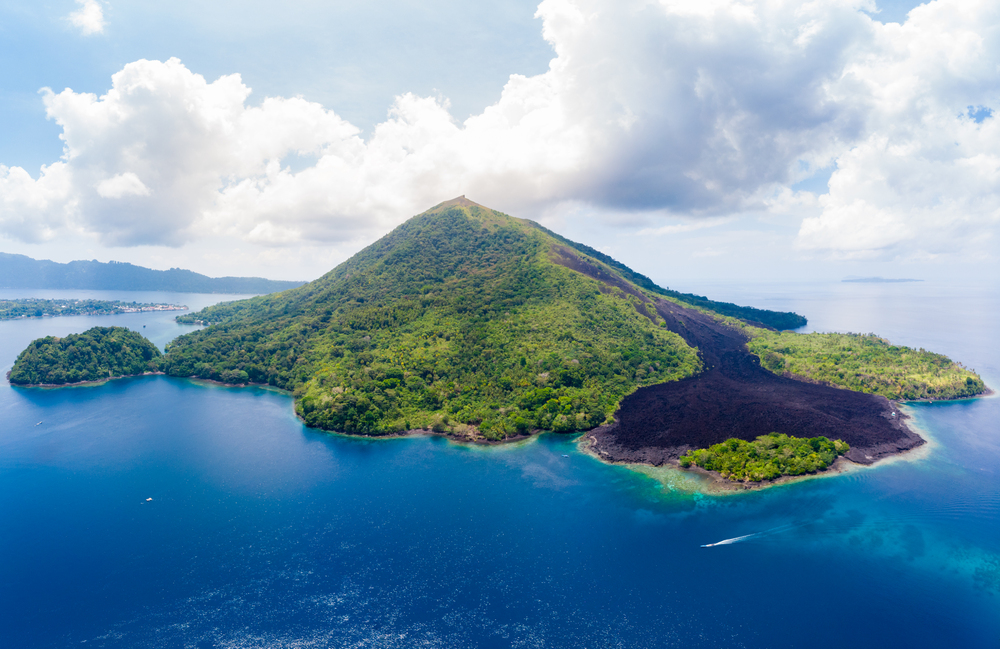
These locations prove that exceptional snorkeling doesn’t require expert skills or dangerous conditions—sometimes, the most rewarding underwater experiences happen in the safest, most accessible spots. Each destination offers something different, from tropical coral reefs to temperate rocky shores, giving beginners the chance to discover which type of underwater environment appeals to them most.
The skills developed at these gentle introduction sites form the foundation for exploring more challenging locations as confidence and ability grow over time.
Like Travel Pug’s content? Follow us on MSN.
More from Travel Pug

- 20 Best Beach Towns in the Carolinas
- 13 Destinations Where Tourists Regularly Regret Their Trip
- 20 Destinations That Are More Magical Without an Itinerary
- 20 Underrated Adventures That Belong on Your Travel List
- 20 Cities Where You Should Just Wing It, No Planning Required
Like Travel Pug’s content? Follow us on MSN.
